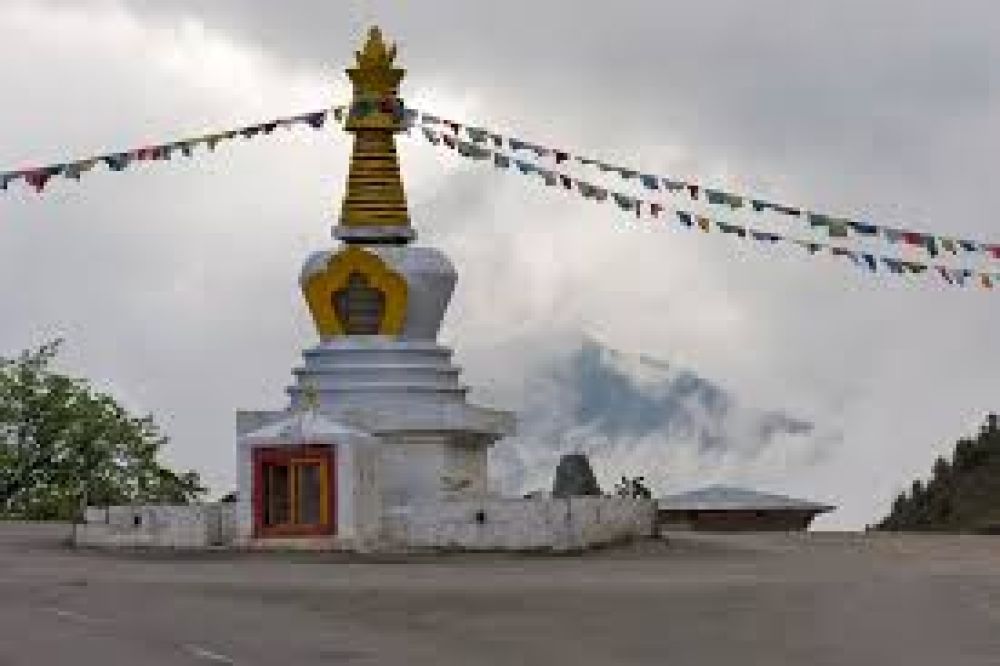

The Pelela Pass, perched at an altitude of approximately 3,300 meters above sea level, is a significant mountain pass in Bhutan, connecting the Wangdue Phodrang region with the central districts. The best time to visit Pelela Pass is during the spring months from March to May. During this period, the snow from winter has mostly melted, clearing the pass for travel. The weather is generally pleasant without the extremes of winter chill or summer monsoons. Spring also brings with it an explosion of flora; the surrounding hills and valleys are adorned with blooming rhododendrons and wildflowers, providing a vibrant spectacle of colors and making it the most picturesque season for travelers.
Alternatively, autumn, which stretches from September to November, is another excellent time for a visit. The skies tend to be clear, offering stunning views of the distant Himalayan peaks. The pass and the landscapes are still lush and green from the monsoon season but with the benefit of cooler, stable weather, making it ideal for trekking and exploring the region. However, keep in mind that nights can get significantly chillier as winter approaches, so visitors should be prepared for colder temperatures and bring appropriate clothing. Both spring and autumn are peak tourist seasons in Bhutan, so it's advisable to plan your trip well in advance to ensure accommodation and travel arrangements can be secured without difficulty.
| Month | Min Temp | Max Temp |
|---|---|---|
| January | -5 °c | 5 °c |
| February | -3 °c | 7 °c |
| March | -1 °c | 10 °c |
| April | 1 °c | 12 °c |
| May | 5 °c | 15 °c |
| June | 8 °c | 17 °c |
| July | 10 °c | 16 °c |
| August | 10 °c | 16 °c |
| September | 9 °c | 15 °c |
| October | 5 °c | 12 °c |
| November | NA | 9 °c |
| December | -3 °c | 6 °c |